The tenth conference of the Sociedad Internacional para el Estudio de las Relaciones de Sucesos (SIERS) has seen a significant involvement of the DisComPoSE research group. This event, entitled La transmission des nouvelles. Les “relaciones de sucesos” comme espace de mélanges, tranformations et contaminations du XVI au XVIII siècles, was held in Paris (Université Paris 8 and Université Paris Cité) from 15th to 17th September 2022.
Matteo Lazzari took part in the session Colecciones, catálogos y fondos documentales and Beatriz Álvarez García in the session Conversiones, martirios, milagros y prodigios: tranformaciones textuales y materia religiosa.
Lazzari focused his speech on the catastrophes that took place in the Americas, present in the collection of Ubaldo Zanetti (1698-1768), preserved at the University Library of Boulogne. In his contribution he described the contents of the relaciones with particular attention to their chronology, provenance and thematic differentiation, in order to establish a comparison with the relaciones of European origin.
Álvarez García, instead, stressed the relationship between the relaciones on natural disasters of the early modern age and religious writings, especially sermons. To highlight the phenomena of a mutual exchange of themes and forms, some texts written and circulating during the Calabrian earthquake of 1638 were taken as an example.
On the following day Antonietta Molinaro, Annachiara Monaco, Valentina Sferragatta and Milena Viceconte participated in the session Evoluciones en la escritura e iconografía periodística: los desastres como ejemplo de noticia.
Molinaro presented her research project on the relaciones de sucesos in verse on natural disasters and then dwelled on a fairly common editorial typology in the poetic pliegos of the sixteenth and seventeenth centuries: the monographic cuadernillos. These are pliegos that, next to the relación, present other poetic texts connected thematically and/or ideologically and have three main objectives: to inform about the tragic event and its effects (docere); to help victims to manage the crisis in a spirit of Christian community (movere); and to guide them towards overcoming the difficult moment (delectare).
Monaco shared her research on the relaciones about the eruptions of Vesuvius published in the seventeenth and eighteenth centuries, starting from the great awakening of the volcano on 16th December 1631, after about five centuries of inactivity. Following this event, in fact, Vesuvius imposed itself on the attention of a plurality of actors such as chroniclers, scientists, writers and painters. In her analysis she focused on a corpus of relaciones in Italian, and highlighted the text structure and the syntactic, rhetorical and lexical solutions used to represent the disaster from a diachronic perspective.
A few characteristic aspects of the production of relaciones about disasters in the early modern age were the subject of Sferragatta’s reflection. Specifically, her study, carried out on a corpus of relaciones printed in Italian throughout the seventeenth century, used the tools of textual linguistics in order to focus on how the contents and communicative objectives of the texts take shape through a macro and micro-textual dimension.
Viceconte investigated the relaciones describing the massive earthquake that in 1627 struck the area of Capitanata, in the northern part of today’s Puglia, from a bibliographical and historical-artistic perspective. The impact and echo of this event quickly spread, as evidenced by the numerous editions published in Italian cities and abroad, many of which were accompanied by illustrations that aimed to offer a visual testimony of the calamitous event.
Finally, Gennaro Schiano, in the session Mezclas y transformaciones genéricas, analyzed the text of a verse relación about the flood of Salamanca in 1626 entitled Llanto de Menardo. This poem, written by Duarte Núñez de Acosta, at that time bachiller at Salmantina University, describes the tragic consequences of the catastrophe through the gaze and voice of pastor Menardo. The Llanto mixes in an original way the founding elements of the narration of catastrophe in the early modern age and some characteristics of the bucolic tradition.
Download the program of the conference
Download the proceedings of the individual speeches of the conference
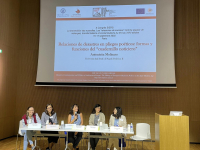

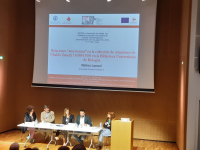
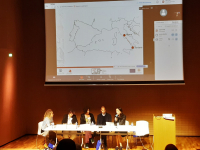
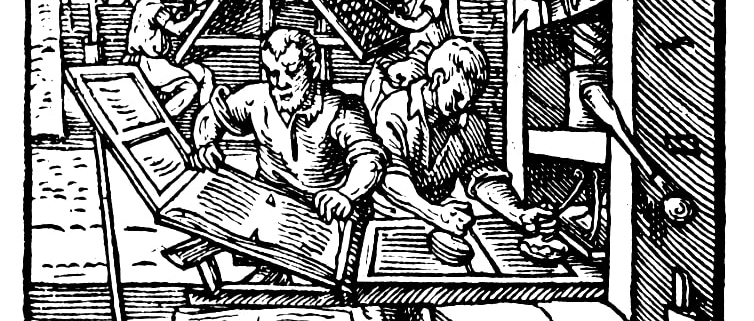
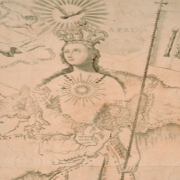
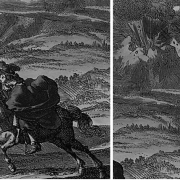
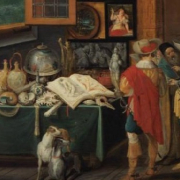


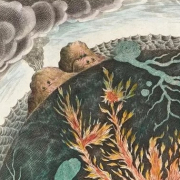





Leave a Reply
Want to join the discussion?Feel free to contribute!